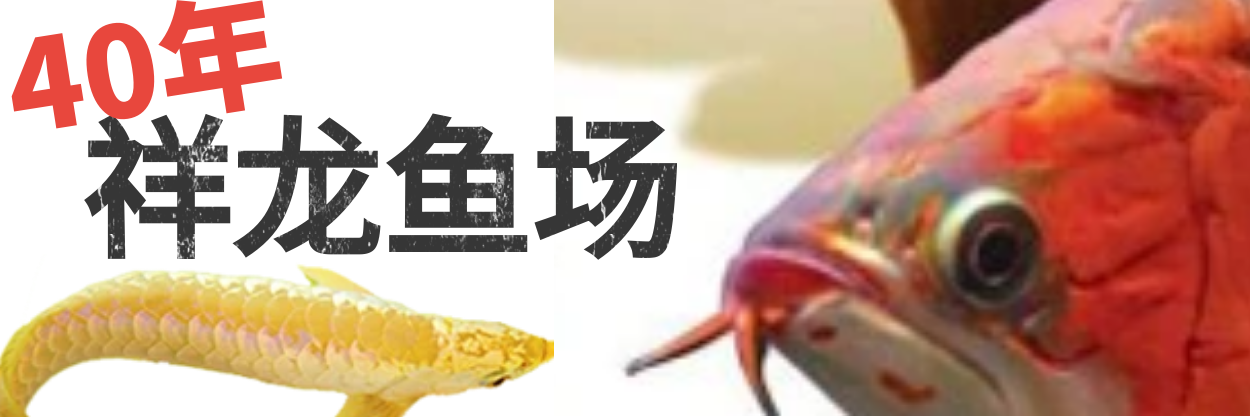龙鱼的英语怎么说
,5. Are dragon fish easy to care for?,A dragon fish, also known as the Arowana, is a type of freshwater fish native to South America, Africa, Asia, and Australia. They can be found in rivers, lakes, and ponds in these regions. Dragon fish are carnivorous and primarily feed on insects, small fish, and crustaceans. They can grow up to 3 feet in length, depending on the species. While dragon fish are known for their striking appearance and large size, they can be challenging to care for due to their specific dietary and habitat requirements. Proper water quality, tank size, and diet are crucial for the health and well-being of these majestic creatures. In conclusion, dragon fish are fascinating creatures that require a high level of care and attention to thrive in a home aquarium.
1. What is a dragon fish?
2. Where can dragon fish be found?
3. What do dragon fish eat?
4. How big can dragon fish grow?
5. Are dragon fish easy to care for?
A dragon fish, also known as the Arowana, is a type of freshwater fish native to South America, Africa, Asia, and Australia. They can be found in rivers, lakes, and ponds in these regions. Dragon fish are carnivorous and primarily feed on insects, small fish, and crustaceans. They can grow up to 3 feet in length, depending on the species. While dragon fish are known for their striking appearance and large size, they can be challenging to care for due to their specific dietary and habitat requirements. Proper water quality, tank size, and diet are crucial for the health and well-being of these majestic creatures. In conclusion, dragon fish are fascinating creatures that require a high level of care and attention to thrive in a home aquarium.





2. They are native to South America, Africa, Asia, and Australia and can be found in rivers, lakes, and ponds.
3. Dragon fish are carnivorous and primarily feed on insects, small fish, and crustaceans.
4. Depending on the species, they can grow up to 3 feet in length.
5. No, they require a high level of care due to their specific dietary and habitat requirements.